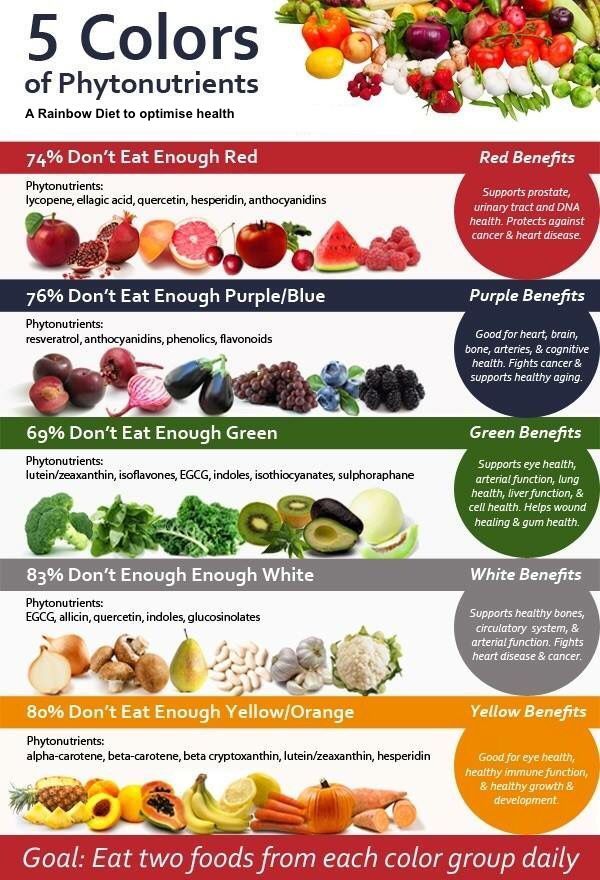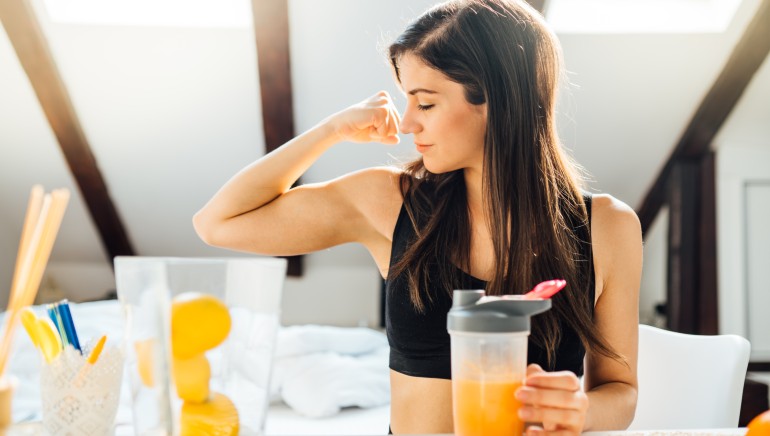
You may be wondering how to get iron in a vegan diet. There are many options. These include legumes and beans, quinoa, and Snickers bar. Additionally, iron can be obtained from meat and fish.
Legumes
A vegan diet can provide a lot of iron by including legumes. These foods are rich iron-rich and full of fiber, among other nutrients. These legumes can be a great source of energy. Here are some great ideas to include legumes within your diet.
Beans
It is crucial to get enough iron from a vegan diet. Iron deficiency anemia affects five million Americans. While it may seem impossible to get enough iron from a vegan diet, there are ways to get it from plants.

Quinoa
A vegan diet can include quinoa in your meals. This ancient grain has a lot of nutrients and protein. It is grown in the Andes Mountains and is considered a superfood by the Incas. One cup cooked quinoa contains approximately 2.8 mgs of iron.
Snickers bars
Two simple ways to get iron from a vegan diet are available. Snickers bars is one way to get iron. You can also make them yourself. Homemade Snickers bars can be frozen for several months and can be thawed out to eat whenever you're ready.
Pulses
Pulses are one source of iron that vegans will love. They contain an impressive amount of iron per cup, and are also high in fiber. They are also an excellent source of protein for vegetarians. You can also find vegan products that are fortified with iron in commercially-available processed foods. Be sure to select products with high levels of iron and low sodium. Make your own snacks that are rich and nutritious in iron.
Grassfed beef
It is possible to get sufficient iron through a vegan diet if you eat grass-fed beef. This beef is rich in vitamins B and E. They are two fat-soluble nutrients which promote healthy immune system. They are also helpful in the growth and maintenance of bones and cells. Beef may contain higher amounts of cholesterol and saturated fat. It is important to limit how much you eat. Research also shows that eating meat increases the risk of developing colon cancer. It is also possible to get cancer-causing substances from overcooked meat.

Red meat
There are many methods to get the iron your body needs while still being vegan. Legumes can be a good source of iron. Tofu, beans, peas legumes soybeans, soy beans, lentils, tofu and soya are all good sources of this vital mineral. These foods contain 6.6 mg of iron per serving, which can help you meet your iron needs. These foods contain the most iron, with the exception of kidney beans and lime beans.
Fish
One way to get enough iron is to eat a variety plant-based food. According to the National Institutes of Health, vegetarians should consume no less than eight milligrams of Iron per day. For women between the ages of 19 and 50, this number increases to twenty-seven milligrams per day. In addition, pregnant women need twenty-seven milligrams of iron daily for fetal health. Non-heme Iron is less easily absorbed than heme. This is why vegetarians need to be careful. Vegetarians must eat iron-rich vegetables and should avoid taking iron-reducing medications.
Organ meat
A vegan diet is a great way to get important nutrients, like iron. However, it can also cause problems. A high-protein vegan diet can cause deficiency in some nutrients, including iron. The problem is that vegans can't get enough of these nutrients from plant foods. There are some ways to make up the difference.
FAQ
What is the problem?
BMI stands for Body Mass Index. This is a measure of body fat that is calculated based on height or weight. The following formula is used to calculate BMI:
Divide the weight in kilograms by the height in meters squared.
The result is expressed as a number from 0 to 25. A score of 18.5 or higher indicates overweight, while a score of 23 or higher indicates obesity.
A person who weighs 100 kg and has a height of 1.75 m will have a BMI of 22.
Do I need calories to count?
You may be wondering "what is the best diet for you?" or "is counting calories necessary?" It depends on several factors such as your current health, personal goals, preferences, and overall lifestyle.
The Best Diet For Me: Which One Is Right?
My personal health, goals, lifestyle and preferences will all influence the best diet. There are many different diets, some good, some not. Some work well for certain people while others don't. What should I do then? How do I make the right decision?
This article aims at answering these questions. It starts with a brief introduction of the different types of diets available today. Then, the pros and cons of each type of diet are discussed. Finally, we'll discuss how to select the best one.
To begin, let's take a quick look at the different types of diets.
Diet Types
There are three types, low-fat, high-protein, or ketogenic diets. Let's discuss them briefly below.
Low Fat Diets
A low fat diet is a diet that restricts the amount of fats consumed. This is achieved by reducing saturated fat intake (butter, cream cheese etc.). They are replaced by unsaturated fats such as avocados, olive oil, and cream cheese. For those looking to lose weight quickly, a low fat diet is often recommended. This diet can cause constipation, heartburn, and stomach problems. Vitamin deficiencies can also occur if the person doesn't get enough vitamins through their diet.
High Protein Diets
High protein diets discourage carbohydrates and encourage the use of proteins. These diets typically have more protein than other diets. They are meant to help build muscle mass and burn more calories. However, they might not provide enough nutrition for those who need to eat frequently. They can also be very restrictive so they may not be suitable for everyone.
Ketogenic Diets
The keto diet is also known as the keto diet. They are high in fat, moderately high in protein, and low in carbohydrates. They are typically used by athletes and bodybuilders because they allow them to train harder and longer without getting tired. But, they require strict adherence to avoid negative side effects like nausea, headaches, and fatigue.
What is the best way to live a healthy lifestyle?
You can live a healthier lifestyle if you eat healthy food and exercise regularly. You will live a long and happy life if you adhere to these guidelines.
Starting small can make a big difference in your diet, and even your exercise routine. You can lose weight by walking 30 minutes each day if you are looking to lose weight. You can also take up dancing or swimming if you are looking to be more active. An online fitness program such as Strava or Fitbit that tracks your activity could be a good option.
Exercise: Good and bad for immunity?
Exercise is good to your immune system. Exercise boosts the production of white blood cells in your body that fight infections. You also eliminate toxins. Exercise helps prevent diseases like cancer and heart disease. It can also lower stress levels.
But, too much exercise can lead to a weakening of your immune system. When you exercise too hard, your muscles will become sore. This can cause inflammation, swelling, and even death. Your body then needs to make more antibodies in order to fight infection. Problem is, extra antibodies can trigger allergies and other autoimmune conditions.
So, don't overdo it!
What is the distinction between a calories and a kilogramcalorie?
Calories can be used to measure how much energy is in food. The unit of measurement is called a calorie. One calorie represents the energy required to raise one gram of water's temperature by one degree Celsius.
Kilocalories can also be used to refer to calories. Kilocalories equal one thousandth of an calorie. 1000 calories is one kilocalorie.
Statistics
- WHO recommends consuming less than 5% of total energy intake for additional health benefits. (who.int)
- In both adults and children, the intake of free sugars should be reduced to less than 10% of total energy intake. (who.int)
- According to the 2020 Dietary Guidelines for Americans, a balanced diet high in fruits and vegetables, lean protein, low-fat dairy and whole grains is needed for optimal energy. (mayoclinichealthsystem.org)
- Extra virgin olive oil may benefit heart health, as people who consume it have a lower risk for dying from heart attacks and strokes according to some evidence (57Trusted Source (healthline.com)
External Links
How To
What does "vitamin" actually mean?
Vitamins can be described as organic compounds found in food. Vitamins are essential for our bodies to absorb nutrients from the foods we eat. Vitamins cannot be produced by the body. They must be obtained from food.
Two types of vitamins exist: water soluble and oil soluble. Water-soluble vitamins dissolve easily when they are dissolved in water. Examples include vitamin C,B1 (thiamine), B2 (riboflavin), B3 (niacin), B6 (pyridoxine), folic acid, biotin, pantothenic acid, and choline. The liver and fat soluble vitamins are stored in fatty tissue. These include vitamin D, E and K, as well as beta carotene.
Vitamins are classified based on their biological activity. There are eight main types of vitamins:
-
A - Vital for healthy growth.
-
C is important for nerve function and energy production.
-
D - essential for healthy teeth and bones.
-
E - Required for good vision, reproduction.
-
K - essential for healthy nerves, muscles, and joints.
-
P - Vital for strong bones and teeth.
-
Q - Aids in digestion and absorption.
-
R - necessary for making red blood cells.
The recommended daily allowance of vitamins (RDA), varies depending upon age, gender, physical condition, and other factors. The U.S. Food and Drug Administration, (FDA), sets the RDA value.
For adults over 19 years, the RDA is 400 mg per day for vitamin A. For fetal development, pregnant women require 600 micrograms per daily. Children ages 1-8 require 900 micrograms per day. Babies under one-year old need 700 micrograms per daily. Between 9 and 12 month, however, this drops to 500 mg per day.
Children aged 1-18 require 800 micrograms of sugar per day, while those who weigh more than 1200 need 1000. For their nutritional needs, underweight children need 1200 mg per day.
Children ages 4-8 years who have been diagnosed with anemia need 2200 micrograms per day of vitamin C.
2000 micrograms per person is necessary for general health. Because of their higher nutrient needs, women who are pregnant or nursing need 3000 mg per day.
Adults over 70 need 1500 micrograms daily, since they lose around 10% of their muscle mass every decade.
Women who are pregnant or nursing need more than the RDA. Pregnant woman need 4000 micrograms daily in pregnancy and 2500 per day after childbirth. Breastfeeding mothers need 5000 mg per day when breastmilk is being produced.